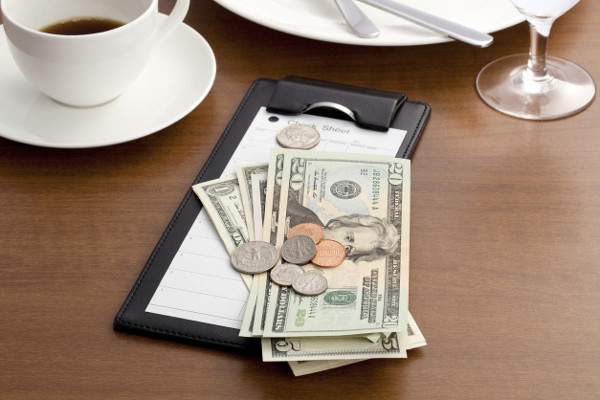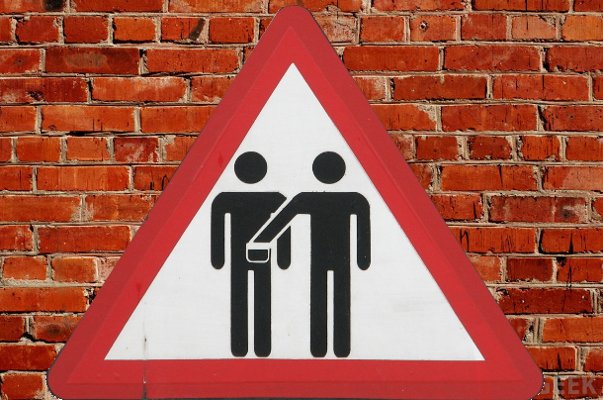It’s an unfortunate reality, but scammers and thieves are always on the outlook for a potential victim. This is especially true in popular tourist areas as travellers are usually carrying money, credit cards, passports, expensive cameras or other electronic devices.
A foreign visitor to a city will be out of their comfort zone and may not speak the local language, making them somewhat vulnerable to local scammers and pickpockets.
In this article we will look at some common travel scams to avoid, and tips on staying safe when you are on your travels.

Pickpockets & Sneak Thieves
Pickpockets and sneak thieves are criminals who steal without being noticed, or without using violence.
Pickpockets use misdirection and skilful deception to steal your wallet, cell phone or other valuables from your person. The sneak thief will steal your valuables by sneaking into your accommodation, transport luggage compartments, or anywhere you may leave items unattended.
The Most Common Pickpocket Techniques & Distractions
The distractions used by pickpockets are often elaborate and well-choreographed performances. The sole purpose is to draw your attention while their accomplices stealthily pick your pocket.
The Fake Incident
A couple arguing, dancing children, a fight, someone drowning, a reeling drunk. They could be genuine, but they could also be a distraction ploy used by pickpockets. An organised pick-pocketing gang can include well-practised actors in their ranks.
While the unsuspecting victim is watching the charade, the accomplices are mingling in the background looking for an opportunity to pick a pocket.
Spraying Fluids onto your clothing
This is a common ruse used to distract the victim and enable the pickpocket thief to get in close.
A fluid will be sprayed or spread onto the victim’s clothes. A white fluid is commonly used to represent bird poop, but other fluids such as food condiments can be used. The scammers will then tell the victim about the stain, most probably on the victims back, and offer to help them clean it off with the tissue. This allows the thief close access and the distraction of touch.
Bump and Lift
This classic pickpocketing technique is as basic as it gets. A passer-by bumps into you on a crowded street and apologises. Moments later you realise your wallet has disappeared. You have just been pick-pocketed in the traditional sense.
A shove in the back, a stamp on the foot, or a trip can also be used to distract the victim.
Trailing Thief / Slash & Grab
A trailing thief will follow a victim, and using a gentle touch, remove items from pockets or bags as they walk. The pickpocket may use scarfs or other devices to cover their activities, or they make be surrounded by accomplices to shield them
A variant of this type of theft is the slash and grab, where a trailing thief slashes the bottom of a hand bag or backpack to remove items, before making a hasty getaway.
Sneak Thieves in Accommodation and Transport
The two most common occurrences for the sneak thief are in your accommodation and during transport. This is especially true of holiday cottages, cabins, or temporary shelters where the thief can gain access easily. It may occur in hotels, but this will normally require inside assistance from hotel employees.
The transport holds and racks of buses, coaches and trains are a favourite for the sneak thief. They will remove items from luggage racks undetected, or enter luggage holds to steal valuables from luggage.
How to Avoid these Travel Scams:
- Don’t keep your wallet in your bag pocket.
- Use zip pockets for valuables where possible.
- Keep your money and passports in a security pouch under your clothes.
- Do not leave valuables in your backpack on your back. Wear it on your front if necessary.
- Don’t leave valuables in the luggage holds of coaches or buses.
- Keep valuables in a bag on your lap or linked to your arm if sleeping.
- Make use of a room or hotel safe deposit box if available.
- Always secure accommodation windows and doors.

Taxi Scams
The taxi is a great tool for navigating a foreign city or connecting between transport hubs and accommodation. Unfortunately, not all taxi drivers are 100% honest.
A few of the more common taxi scams a traveller may encounter are:
The Broken Taxi Meter
The driver will inform you the meter is broken. This will allow an unscrupulous taxi driver to over charge the unwitting passenger.
The Scenic Route
The taxi will take the longest route possible for the journey, adding excess miles and extra cost to the journey for the passenger.
The Slow Count
After paying the driver with a large denomination banknote, the driver will return part of the change and continue to count his money. A dishonest driver will this to see if take the change without paying attention or wait for the remainder of the money.
This can happen in almost any retail situation where money changes hands; but is particularly common as a taxi scam.
How to Avoid these Travel Scam:
Always research the distance and general cost of taxis for the route you will take. You can use this information to counteract any over charging or route boosting. A good way to check the duration or direction of your taxi route is to follow your progress in real time using a GPS or map app on your cell phone. Google Maps works just fine for this purpose.

Restaurant Scams
The Priceless Menu
A menu without prices, could in theory, be priceless. You don’t know what you are going to be charged at the time of ordering. A run-of-the-mill restaurant, serving average food, may lure you into a false sense of security with the level of pricing if there are no prices on the menu.
The shock will come in the form of the bill. In some cases, victims can be massively overcharged for a very simple and average fare.
The Switched Menu
Similar to the above scam, but instead of a menu without prices, the restaurant scammers will use two separate restaurant menus to dupe the customer. On presenting the final bill to the customer, the amount will more than expected. If the victim questions the amount on the bill, the scammers will produce the second menu with different prices.
How to Avoid these Travel Scams:
Always make sure the prices are clearly stated on the menu before ordering. The menu switcheroo scam is a difficult scam to counteract. You may know you have been scammed, but it will be hard to prove in the face of the second menu. Our best advice is to research your restaurant online before arrival. A restaurant with plenty of positive reviews any of the big sites is unlikely to be up to any blatant scams.


wow such an amazing article thanks for sharing.